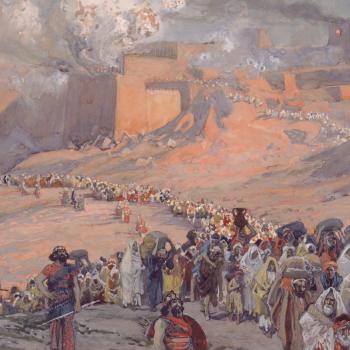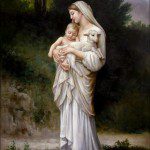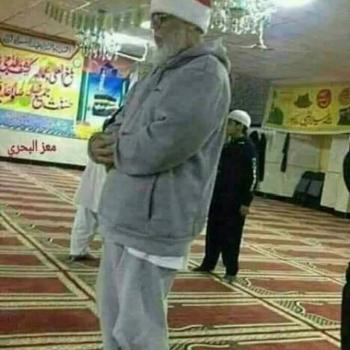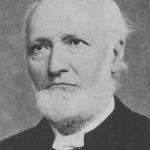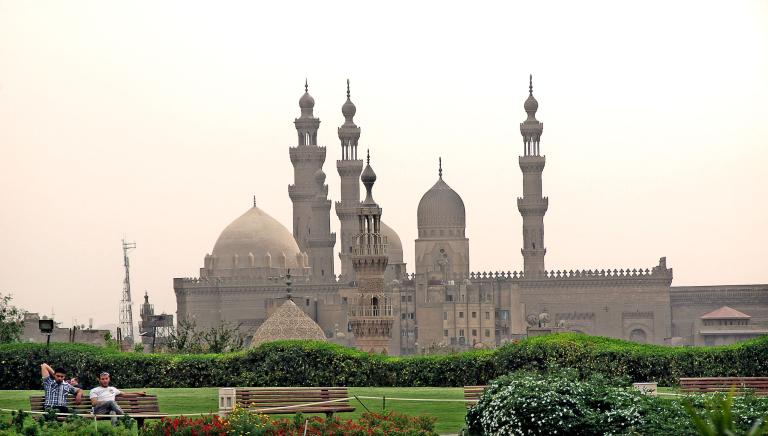
(Wikimedia CC photo by David Sánchez Núñez)
Still moving systematically forward:
As is to be expected, Hodgson’s “Late Middle Period” of Islamic history is marked by Mongol dominance. The problem of political fragmentation was still there, as was the problem of the military elite controlling a population whose language and culture they never fully grasped. But the identity of the foreign ruling class had changed. The Turks who dominated the Early Middle Period were now replaced in many areas (though not all) by Mongols.
Like the Crusaders before them, the Mongols were intruders who encountered a vastly superior civilization. Soon, they were smitten by it—that is, with the portion that they themselves had not smitten—and began to take on Islamic ways. Indeed, the Mongols who settled in the Islamic world actually converted to the religion of Muhammad. Like the other regimes of the Middle Periods, the Mongols richly patronized the arts. (Hodgson calls these “military-patronage states.”) The maidens looking out from the miniature paintings of this new era have pale, round faces, with almond eyes—the Mongol ideal of beauty. But, in keeping with the spirit or the demon of the age, the new conquerors could not maintain unity. Several Mongol empires resulted, including the White Horde, the Golden Horde, the Il-Khanid empire, and the Chaghatay empire. But these were, for the most part, in the Persian area of Islam that lay to the East. Thus, they are somewhat beyond the scope of the present book, which is focused on the Arabs as children and heirs of Abraham. We will return to the Arab world.
In Egypt and Syria, the stock of the Mamluks was definitely on the rise. The desolation of Baghdad in 1258 left Cairo the greatest of Muslim cities. It had been founded only in 969, by the Fatimids, and so was a comparatively new city by Near Eastern standards. (It was built near the old seventh-century Arab military garrison town of Fustat, which was built near an even older Christian settlement. And the capital of the Old Kingdom pharaohs, Memphis, with its great pyramids across the Nile, was not far away. Cairo itself, though, was new.) But the city rose to its new status. A new group of Mamluks, loosely called “Circassians,” from a region in the Caucasus mountains, were passionate builders and patrons of art. The years after 1200 A.D. saw Cairo’s greatest blossoming as a Mamluk city, overflowing with great wealth and lovely architecture.
For all its elegance and appeal, there were factors that would make Circassian blossoming a brief and transitory thing. In the middle of the 14th century, the Black Death swept through the Near East, killing hundreds of thousands, leaving many cities and towns at a fraction of their former populations. Still, the lavish building programs of the Circassian Mamluks continued. Each sultan attempted to outshine his predecessor in the glory of the mosques he built and in the magnificence of the mausoleum he constructed to be his own final resting place. (Something in the air of Egypt seems to encourage the building of spectacular tombs.) Members of the ruling elite vied with one another in their patronage of architecture. Such efforts required large sums of money, but the economic base of the country was now weaker than before. So the Egyptian regime turned to taxes and to tariffs on trade, desperate for new revenue. But their demands grew so high that European merchants began to seek cheaper ways to do business, ways that would not require them to cross Mamluk domains. When, in 1498, Vasco da Gama found the sea route around the cape of Africa to India, the Egyptian economy took yet another blow.




